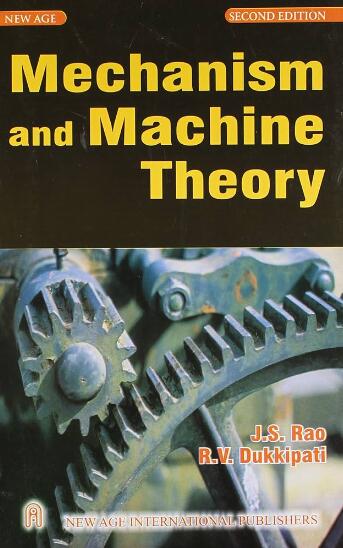A comprehensive mesh stiffness model for heavy-duty spiral bevel gear pair based on design and manufacturing collaboration
IF 4.5
1区 工程技术
Q1 ENGINEERING, MECHANICAL
引用次数: 0
Abstract
A comprehensive mesh stiffness model (CMSM) for heavy-duty spiral bevel gears (SBGs) was proposed based on design and manufacturing collaboration. First, a collaborative machining configuration model (CMCM) for face-milled SBGs was established based on the spread-blade cutting method (SBCM) and homogeneous coordinate transformation. Subsequently, an improved tooth contact analysis method (ITCAM) that included the unloaded transmission error (UTE) and contact characteristics was proposed with ease-off and elastic theory to compensate for program instability caused by the traditional tooth contact analysis method (TTCAM). Finally, a microsegment beam model containing teeth and a foundation was established using discrete means. The global flexibility matrix model (GFMM) was derived by combining the elastic potential energy principle and the nonlinear Hertz theory, which considers the axial flexibilities and coupling effects. Based on multitooth kinematics theory and the load conservation principle, a CMSM for design and manufacturing cooperation was developed. Using specific examples, the validity of CMSM was verified through comparison with the results of a numerical simulation, which showed that the proposed model can predict the mesh stiffness of SBGs with high accuracy under light or heavy loads.
求助全文
约1分钟内获得全文
求助全文
来源期刊

Mechanism and Machine Theory
工程技术-工程:机械
CiteScore
9.90
自引率
23.10%
发文量
450
审稿时长
20 days
期刊介绍:
Mechanism and Machine Theory provides a medium of communication between engineers and scientists engaged in research and development within the fields of knowledge embraced by IFToMM, the International Federation for the Promotion of Mechanism and Machine Science, therefore affiliated with IFToMM as its official research journal.
The main topics are:
Design Theory and Methodology;
Haptics and Human-Machine-Interfaces;
Robotics, Mechatronics and Micro-Machines;
Mechanisms, Mechanical Transmissions and Machines;
Kinematics, Dynamics, and Control of Mechanical Systems;
Applications to Bioengineering and Molecular Chemistry
 求助内容:
求助内容: 应助结果提醒方式:
应助结果提醒方式:


